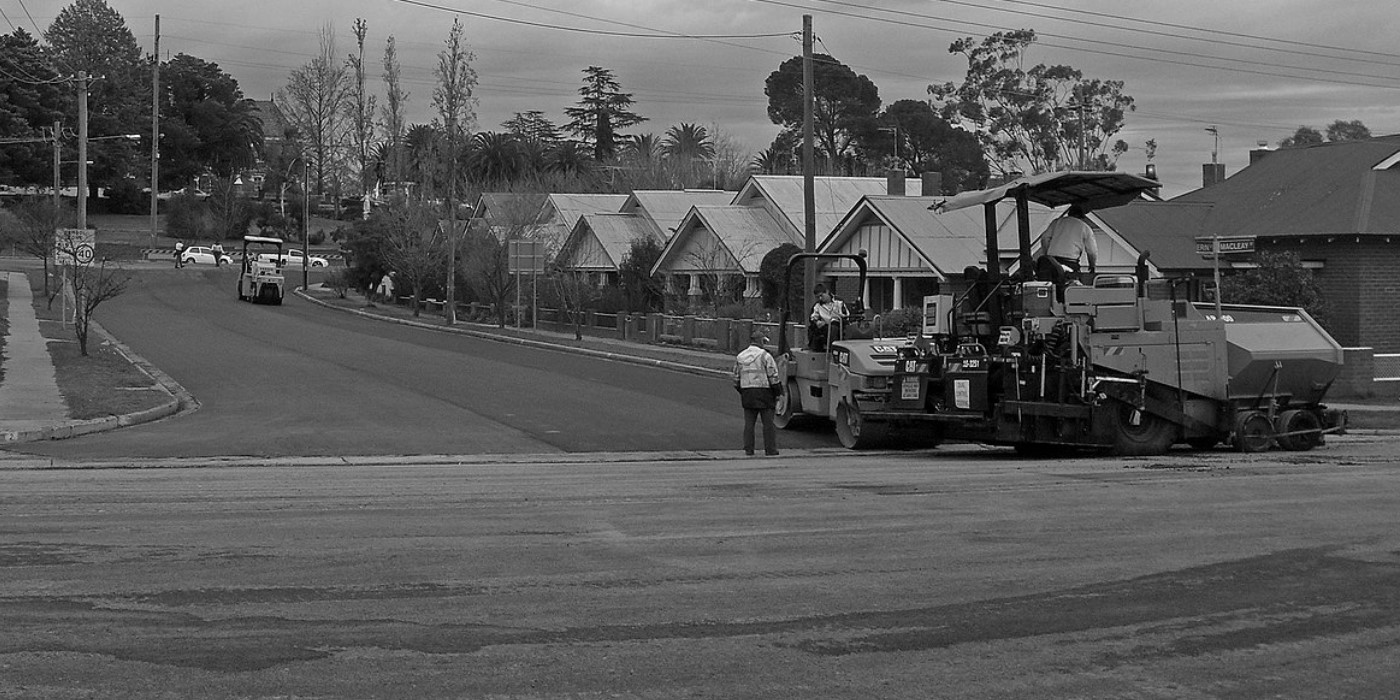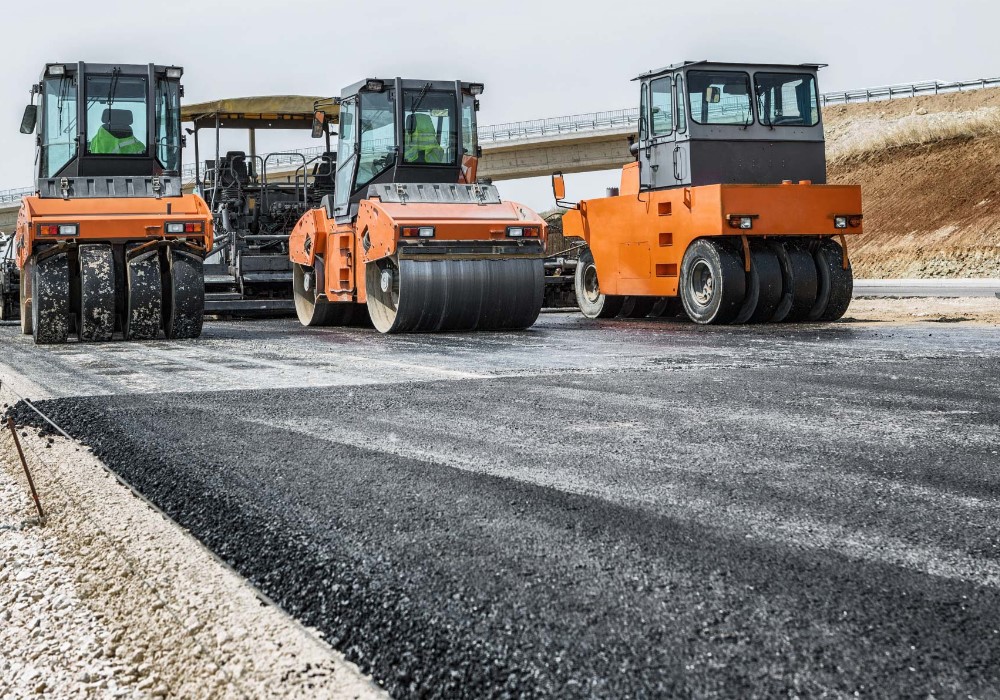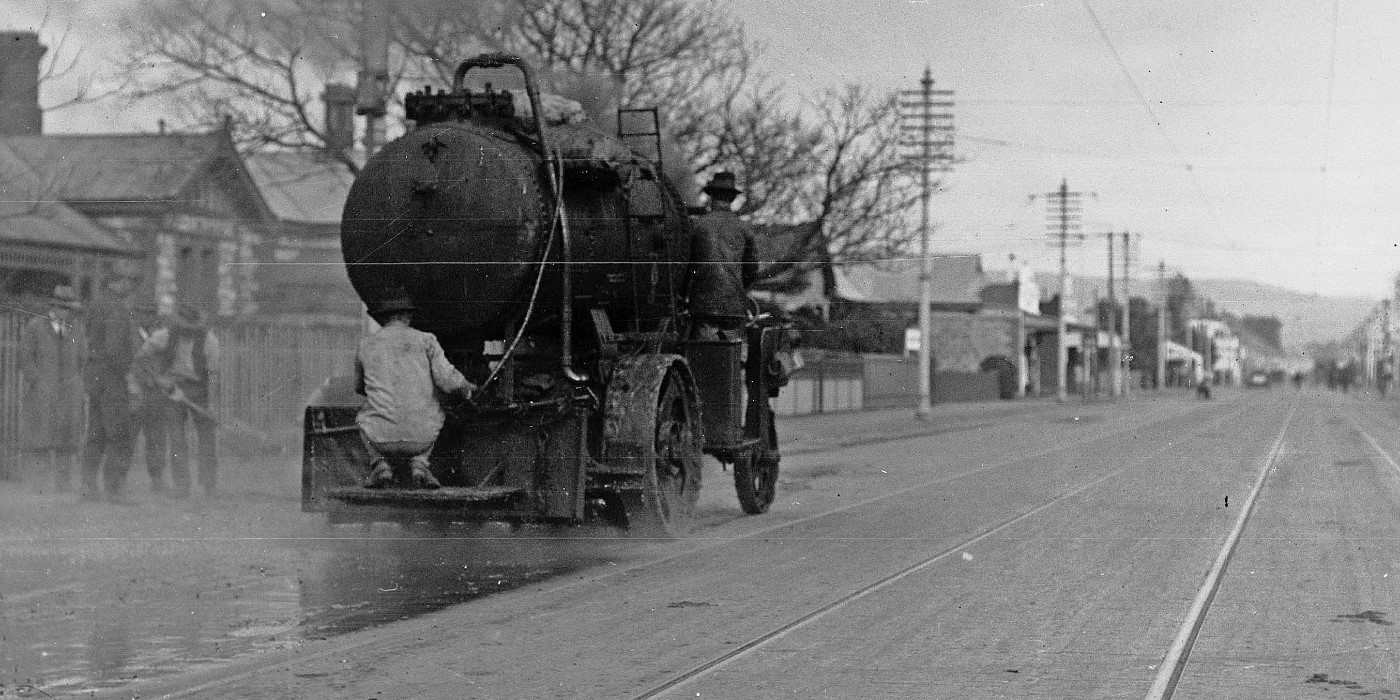
What We Do
Bitmac Surfacing offers a vast range of asphalt and bitumen spray seal services included but not limited to…
- Asphalt surfacing
- Bitumen spray sealing
- Crack sealing
- Asphalt and bitumen repairs and reinstatements
- Pothole repairs
- Trench work
- Profiling of deteriorated surface followed by the laying of new asphalt
- Civil

EMULSION SEALS
A dispersion of tiny droplets of one liquid in another is what is referred to as an emulsion. Bitumen emulsions typically fall under the oil-in-water category of emulsions, where bitumen is mixed with a small amount of an emulsifying agent to disperse it in water.
The bitumen particles are stabilised by the agent while stored under typical conditions. Because of its safety, convenience of application, and outstanding adhesion capabilities, bitumen emulsions are mostly used in the construction and maintenance of roads.
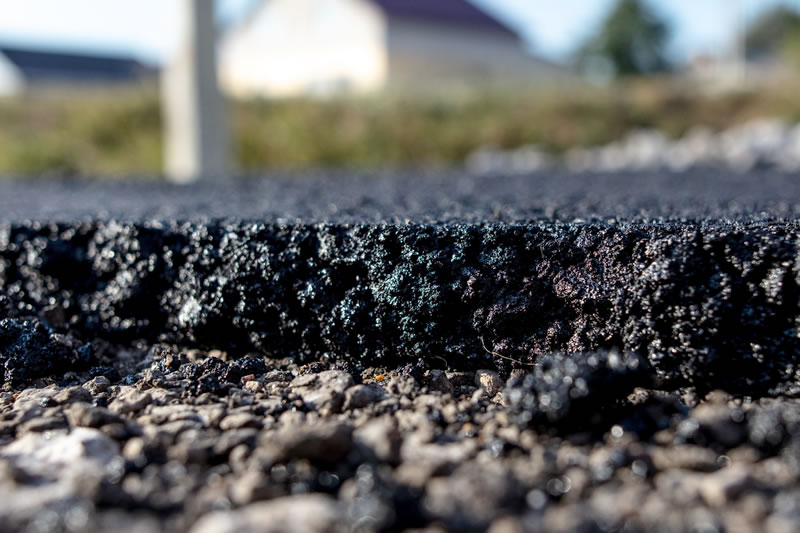
HOT BITUMEN SEALS
When referring to a surface sealant, the terms asphalt and bitumen are frequently used interchangeably; nevertheless, asphalt (or hot-mix, as it is frequently called in this context) is composed of sand and stone aggregates that are held together by bitumen.
The hot-mix is spread over a ready base, creating a solid base for the pavement. Once laid, the hot-mix offers a smooth, adaptable, and durable finish that is perfect for roads, driveways, parking lots, and other areas that may experience heavy traffic or drag from rotating wheels.
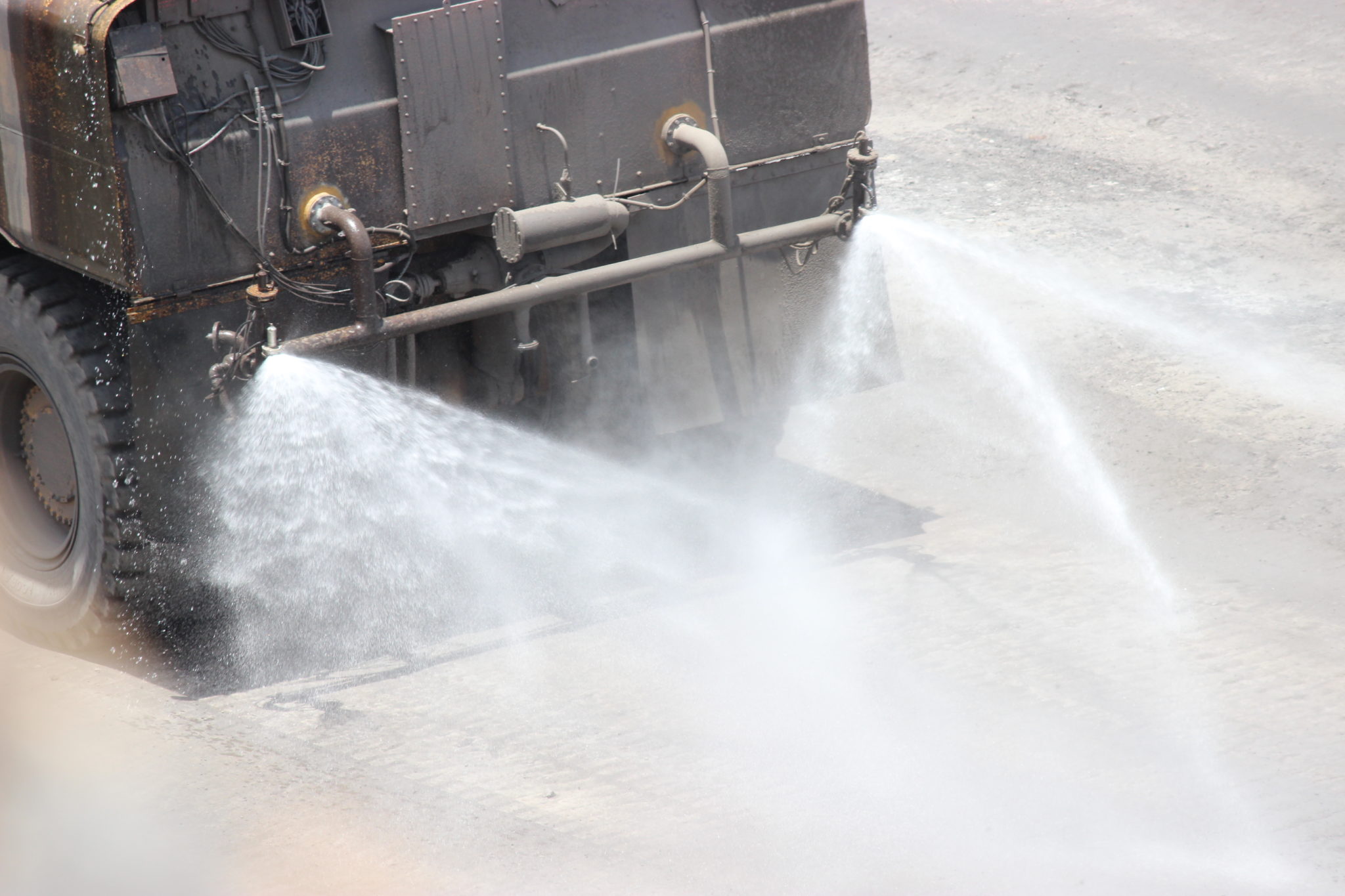
DUST SEALS
On unimproved roads, dust sealing has excellent soil stabilisation qualities that result in a surface that is firm and durable. It provides good protection against soil and sand erosion in rural and desert locations and is particularly advised for sloping road edges.
The optimal time to apply Dust Seal is when the soil’s surface is just slightly damp. Spreading should happen soon after, if binding dirt is to be applied. Under normal circumstances, watering the road surface right before spreading produces the optimum results.

PRIMERSEALS
Any paved road with an asphalt surface is referred to as an asphalt pavement. About 95% stone, sand, or gravel is combined with asphalt cement, a byproduct of crude oil, to create hot mix asphalt (HMA). At an HMA facility, asphalt cement is blended and mixed with hot aggregate.
Trucks are used to transport the finished hot mix asphalt to the paving site. The paving machines’ front hoppers are where the vehicles deposit the hot mix asphalt. A large roller is driven over the asphalt after it has been laid down and compacted. As soon as the pavement has cooled, traffic is typically allowed on it.

2 IN 1 EMULSION SEALS
2 in 1 Bitumen Seals have numerous advantages in the following areas:
Safety, all vehicles lay in a forward direction
Grade and slope are no longer a problem.
The steepest and tightest of jobsites are now as easy as straight run highway work
Greater stone retention when using emulsions
More penetration into the base by the bitumen
NO damage to bitumen mat during the application of aggregate
Vehicles can perform strip patching and remedial work in LIVE TRAFFIC
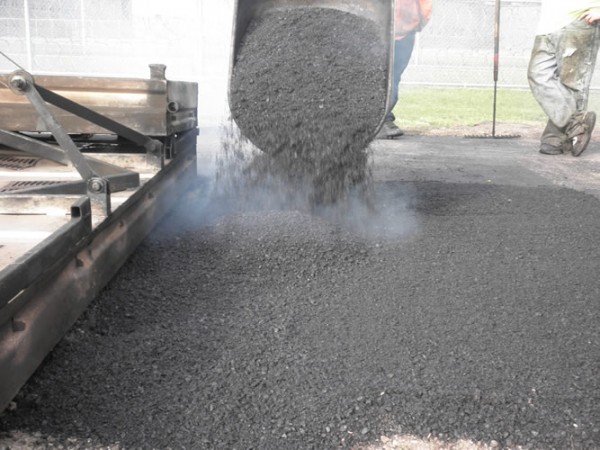
HOT MIX ASPHALT
Any paved road with an asphalt surface is referred to as an asphalt pavement. About 95% stone, sand, or gravel is combined with asphalt cement, a byproduct of crude oil, to create hot mix asphalt (HMA). At an HMA facility, asphalt cement is blended and mixed with hot aggregate. Trucks are used to transport the finished hot mix asphalt to the paving site.
The paving machines’ front hoppers are where the vehicles deposit the hot mix asphalt. A large roller is driven over the asphalt after it has been laid down and compacted. As soon as the pavement has cooled, traffic is typically allowed on it.

SPRAY SEALS
The precise application and blending of a bitumen binder with an aggregate to create a long-lasting, skid-resistant surface is the secret to a high-quality spray seal surface. Seal Division provides the proper binder levels for each specific surface requirement using the technology of precision calibrated bitumen sprayers.

ROAD BASE SUPPLIES
Our road base can be produced to offer practical substitutes for base materials that are typically made from basic raw materials extracted from quarries as well as a wide choice of alternative solutions and materials tailored to the project’s requirements.
